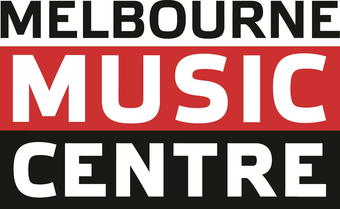Meditation and music are both powerful tools for promoting well-being and mindfulness. When combined, they can create a harmonious symphony of serenity and self-awareness. In this post, we'll explore how to incorporate music into your meditation practice, helping you deepen your mindfulness and find peace in the rhythm of life.
The Power of Music in Meditation
Music has a unique ability to evoke emotions and create a sense of calm and focus. When used mindfully, it can enhance your meditation practice in several ways:
1. Establishing a Ritual: Incorporating music into your meditation routine can help signal the beginning and end of your practice. This ritual can mentally prepare you for a peaceful session.
2. Setting the Mood: The right music can create a soothing atmosphere conducive to meditation. It can transport you to a mental space of tranquility and stillness.
3. Guiding Breath and Movement: Music with a slow tempo can guide your breath and movements during meditation. It can help you synchronize your breath with the music, promoting relaxation and mindfulness.
4. Enhancing Focus: Instrumental music or chants can serve as a focal point during meditation. By concentrating on the sound, you can anchor your attention and prevent distractions.
5. Emotional Release: Music can evoke emotions and memories. In meditation, it can help you process and release pent-up emotions in a safe and controlled way.
Choosing the Right Music
Selecting the appropriate music for your meditation practice is crucial. Here are some tips for finding the perfect melodies:
1. Instrumental vs. Vocal: Consider whether you prefer instrumental music, which can be soothing and less distracting, or vocal music, which may have a more profound emotional impact.
2. Nature Sounds: Some people find solace in nature sounds like flowing water, birdsong, or ocean waves. These can create a sense of tranquility and connection to the natural world.
3. Guided Meditations: Some guided meditations incorporate background music that complements the practice. These can be especially useful for beginners.
4. Personal Preferences: Ultimately, choose music that resonates with you personally. It should make you feel relaxed and at ease.
Incorporating Music into Your Practice
Now, let's explore how to incorporate music into your meditation practice:
1. Find a Quiet Space: Choose a quiet and comfortable space for your meditation. Eliminate distractions and ensure you have a good sound system or headphones.
2. Set Intentions: Before you begin, set your intentions for the meditation session. What do you hope to achieve or explore through this practice?
3. Choose Your Music: Select the music that aligns with your intentions and mood. Start with something familiar and experiment with different genres and styles to see what resonates best.
4. Set a Timer: If you prefer a timed meditation, set a timer to signal the end of your practice. This allows you to fully immerse yourself without checking the clock.
5. Breathe and Center: Begin by taking a few deep breaths to center yourself. Focus on the music and let it guide your breath and attention.
6. Embrace the Experience: As you meditate, allow the music to envelop you. Listen to the melodies, feel the rhythms, and let your mind follow the flow of the music.
7. Reflect and Journal: After your meditation, take a moment to reflect on your experience. You may want to journal your thoughts, emotions, and any insights gained during the practice.
A Symphony of Self-Discovery
Music and meditation are pathways to the soul, and when blended with intention, they can lead to profound self-discovery and mindfulness. By incorporating music into your meditation practice, you invite a symphony of healing and awareness into your life.
So, let the music play, the breath flow, and the mind find stillness, for in the harmony of music and meditation, you discover the art of mindful living.

